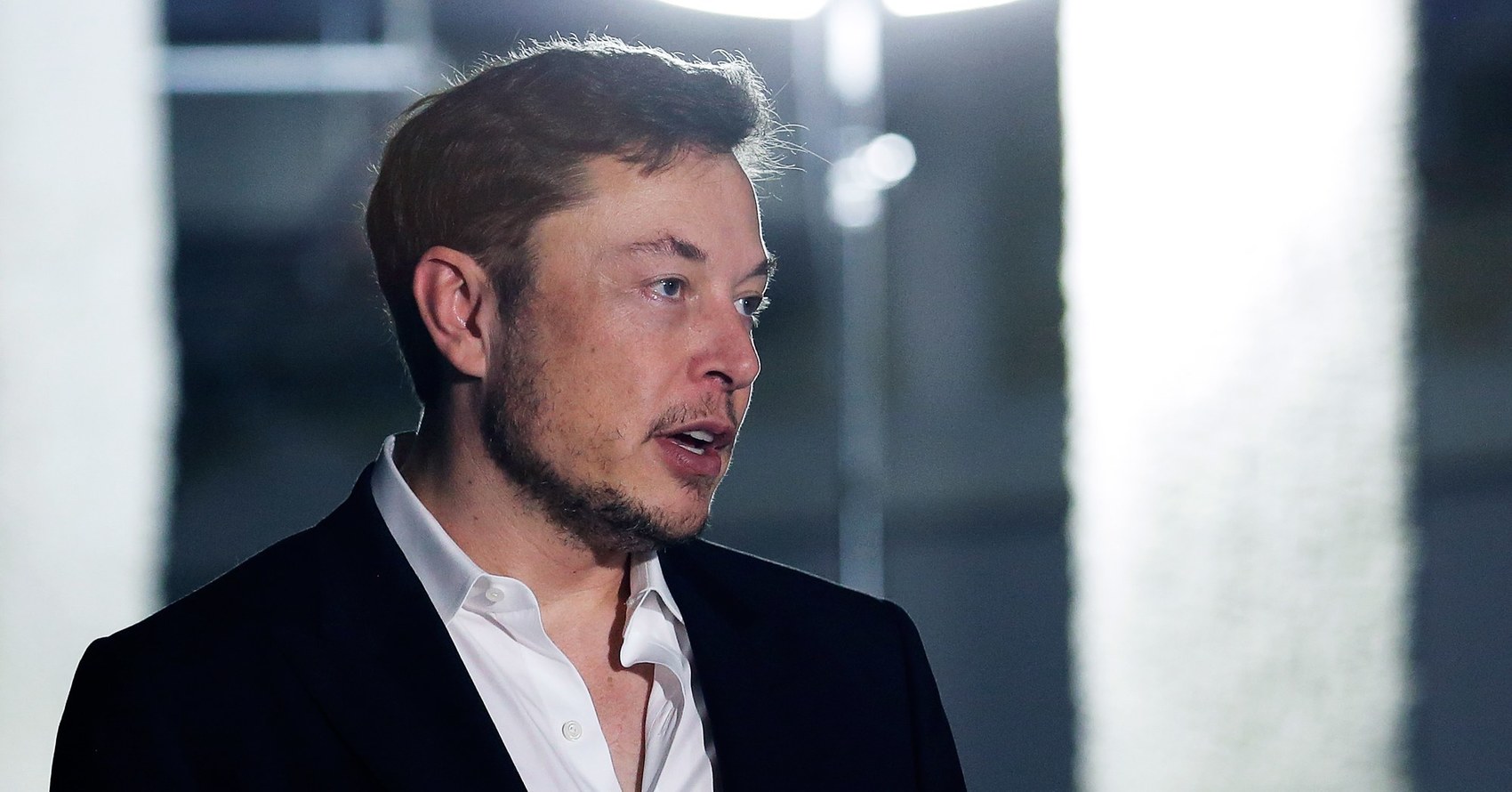ELON MUSK DOESN’T think his newest endeavor, revealed Tuesday night after two years of relative secrecy, will end all human suffering. Just a lot of it. Eventually.
At a presentation at the California Academy of Sciences, hastily announced via Twitter and beginning a half hour late, Musk presented the first product from his company Neuralink. It’s a tiny computer chip attached to ultrafine, electrode-studded wires, stitched into living brains by a clever robot. And depending on which part of the two-hour presentation you caught, it’s either a state-of-the-art tool for understanding the brain, a clinical advance for people with neurological disorders, or the next step in human evolution.
The chip is custom-built to receive and process the electrical action potentials—“spikes”—that signal activity in the interconnected neurons that make up the brain. The wires embed into brain tissue and receive those spikes. And the robotic sewing machine places those wires with enviable precision, a “neural lace” straight out of science fiction that dodges the delicate blood vessels spreading across the brain’s surface like ivy.
If Neuralink’s technologies work as Musk and his team intend, they’ll be able to pick up signals from across a person’s brain—first from the motor cortex that controls movement but eventually throughout your think-meat—and turn them into machine-readable code that a computer can understand. It might use them to control a computer or a prosthesis, to someday even feed information back to help the blind see, or to create entire virtual Matrixes inside your mind. “All this will occur I think quite slowly,” Musk said from the stage. “It’s not as if Neuralink will suddenly have this incredible neural lace and take over people’s brains. It will take a long time.” But after tests, and FDA approval, and more advances, this tech could be the thing that lets people commune with the ultrasmart artificial intelligences Musk is convinced are on the way. “Even in a benign AI scenario we will be left behind,” he said. “With a high-bandwidth brain-machine interface, we can actually go along for the ride. We can have the option of merging with AI.”
Sourced through Scoop.it from: www.wired.com



Leave A Comment